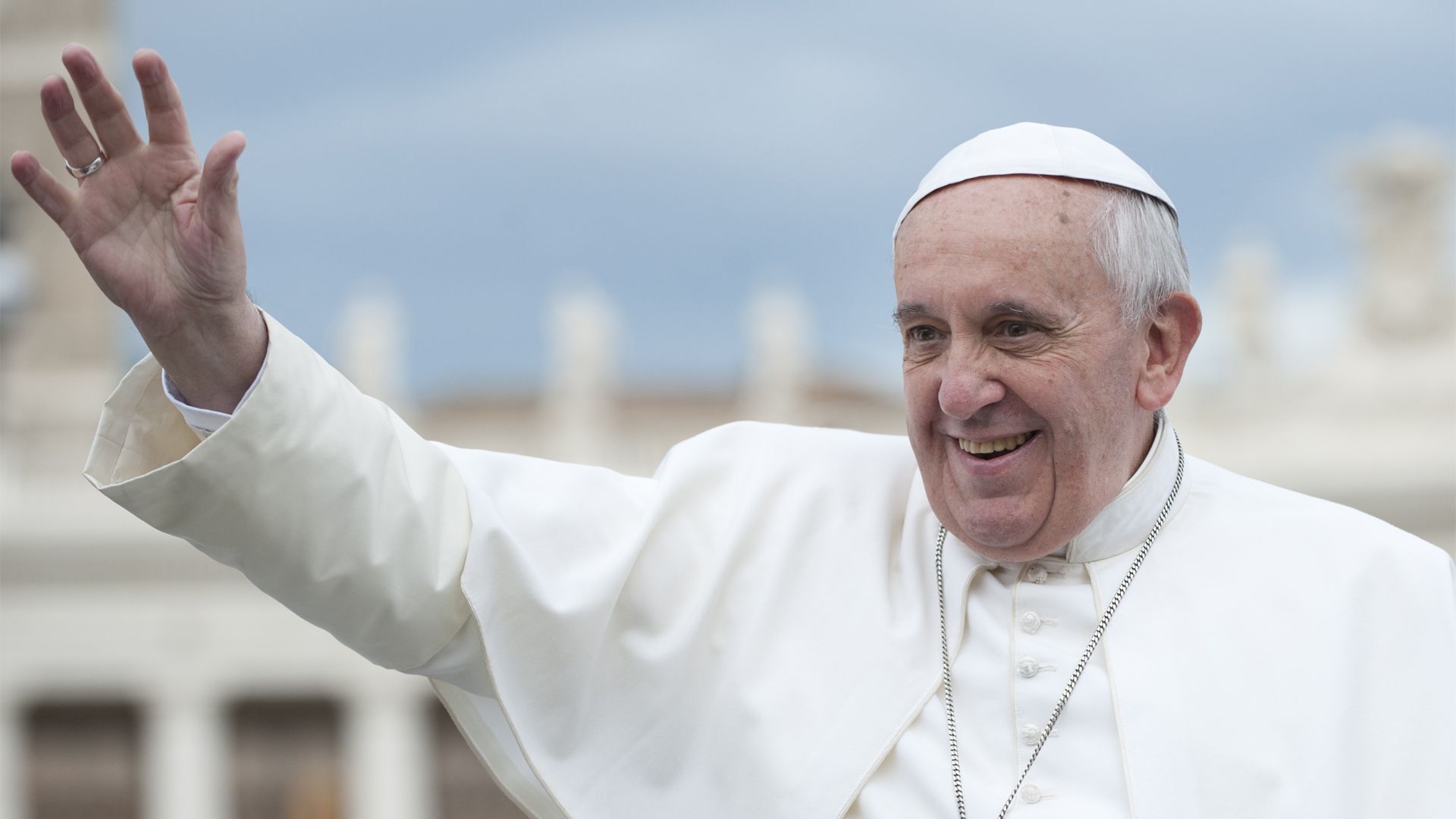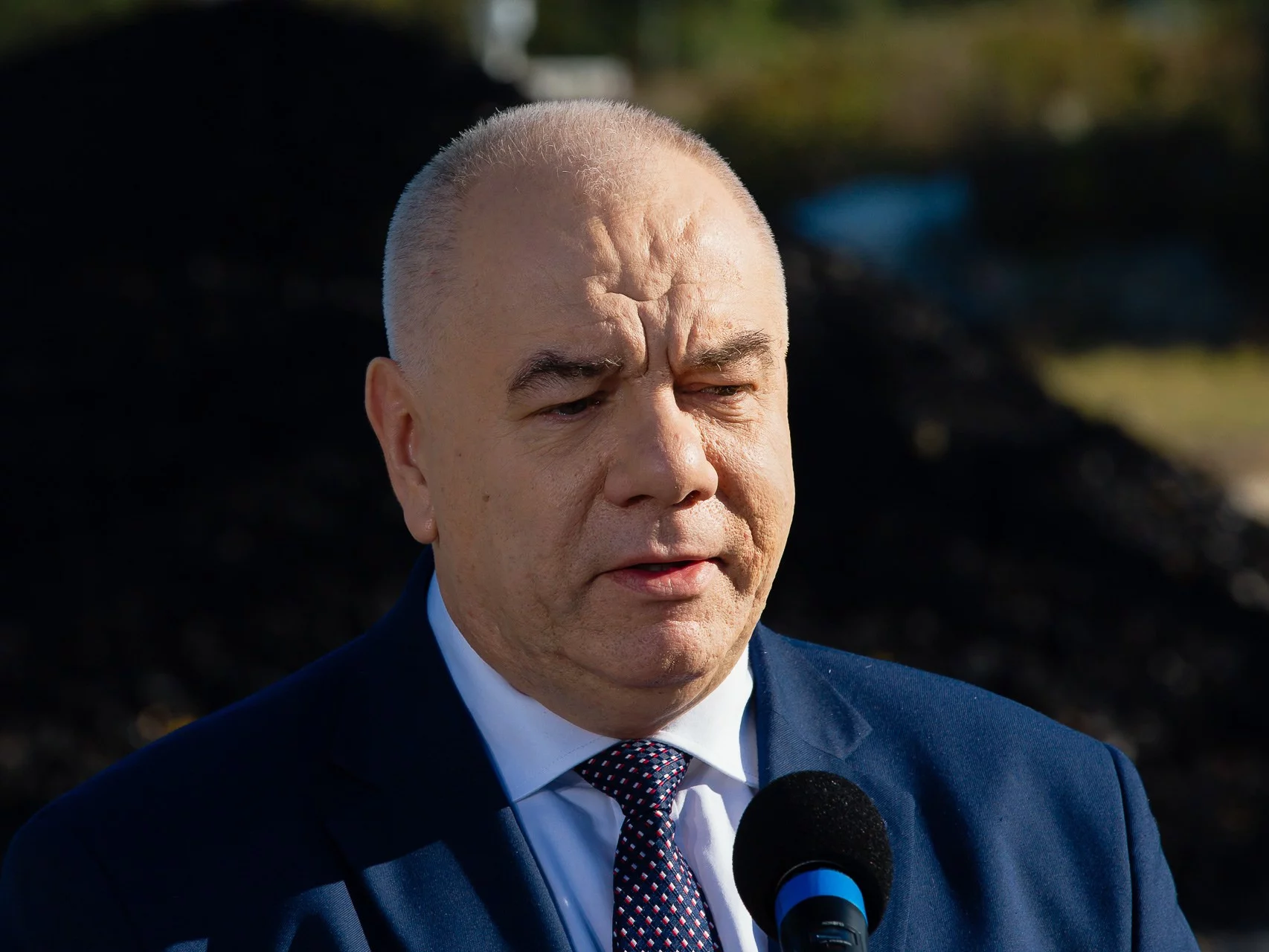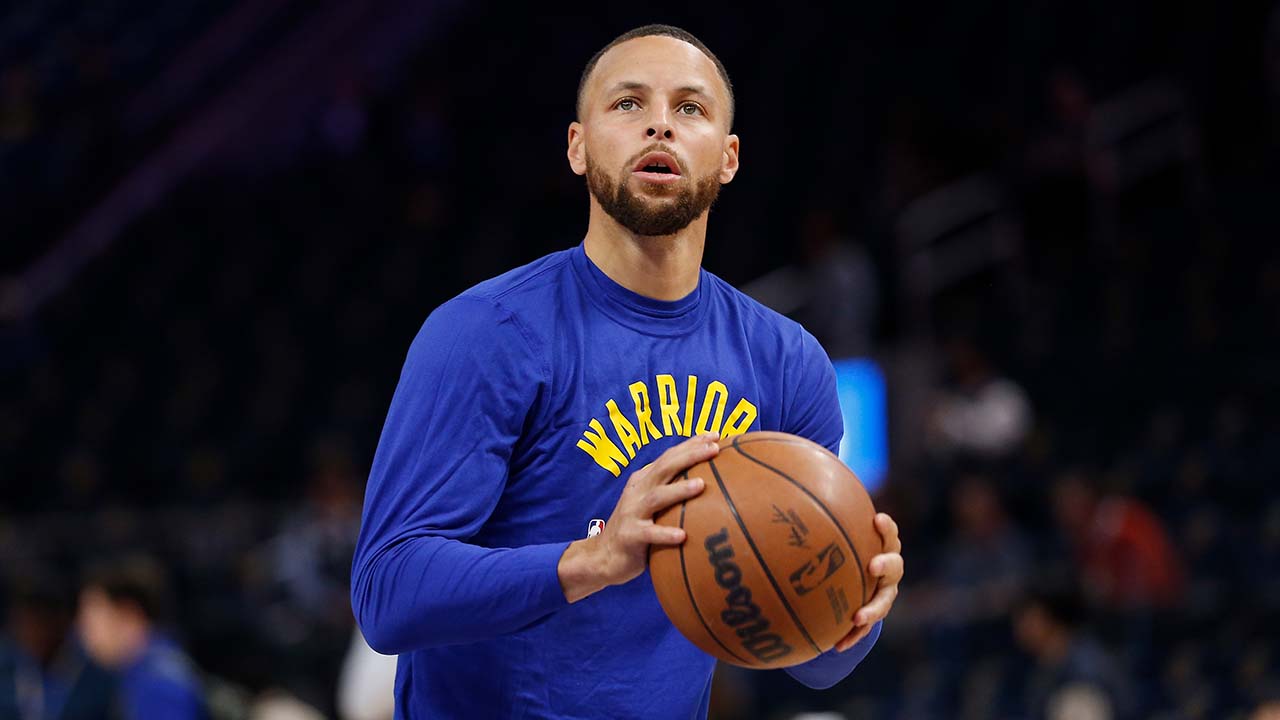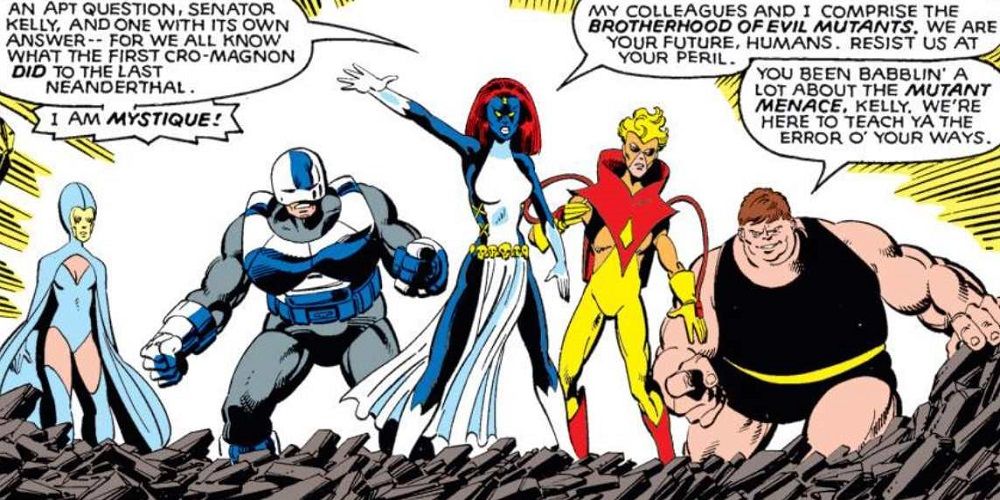How The Pope Is Elected: A Guide To The Conclave Process

Table of Contents
The Death or Resignation of a Pope and the Beginning of the Sede Vacante
The Pope's death or Papal resignation marks the beginning of the sede vacante—the vacancy of the See of Peter. This period, governed by established protocols, is a time of transition and preparation for the upcoming Papal Conclave. The official announcement of the Pope's passing or resignation triggers a series of events:
- The official announcement: The death or resignation is formally announced to the world, marking the start of the sede vacante.
- Responsibilities of the College of Cardinals: During this period, the College of Cardinals, led by the Cardinal Camerlengo (Chamberlain), assumes responsibility for the governance of the Church. They oversee the Vatican City State and ensure the smooth functioning of the Church’s administrative and spiritual affairs.
- Preparations for the Conclave: The cardinals begin the crucial task of preparing for the Conclave, including logistical arrangements and the confirmation of eligible Cardinal electors.
The Role of the College of Cardinals in the Pope Election
The College of Cardinals plays a central role in the Pope Election. It is their responsibility to elect the new head of the Catholic Church. Understanding the composition and roles within the College is key to understanding the Papal succession.
- Cardinal electors: Only cardinals under the age of 80 are eligible to participate in the Conclave as Cardinal electors. This age limit ensures a balance between experience and vitality.
- Non-elector cardinals: Cardinals over 80, while not participating in the voting, still hold significant roles within the Church and offer guidance during this period.
- Maintaining the continuity of the Church: The College of Cardinals' role transcends the election itself; it is integral to maintaining the continuity and leadership of the Catholic Church during the transition. Their collective wisdom and experience ensure the smooth transition of power.
The Conclave: Seclusion and the Election Process
The Papal Conclave is the formal process where the cardinals gather in seclusion to elect the new Pope. Tradition and secrecy are paramount.
- The Sistine Chapel: Traditionally, the Conclave takes place in the Sistine Chapel within the Vatican Palace. The chapel's grandeur and historical significance contribute to the solemnity of the occasion.
- The "scrutiny" process: The cardinals cast their ballots secretly, a process known as "scrutiny." Each ballot is carefully examined, and the votes are counted to determine if a two-thirds majority has been reached.
- The two-thirds majority: A two-thirds majority of the Cardinal electors is required to elect a new Pope. If no candidate receives this majority, the voting continues until a decision is reached.
- Smoke signals: Following each round of voting, black smoke signals a lack of consensus, while white smoke announces the election of a new Pope. These signals are a visible symbol of the Conclave's progress, widely watched by the global Catholic community.
From Election to Papal Inauguration
Once a new Pope is elected, a series of events leads to his official inauguration.
- The announcement of "Habemus Papam!": The announcement of "Habemus Papam!" (We have a Pope!) signals the end of the Conclave and the beginning of a new papacy.
- The new Pope's first public appearance: The newly elected Pope typically makes his first public appearance, delivering the Urbi et Orbi blessing to the city of Rome and the world.
- The Papal Inauguration Mass: The Papal Inauguration Mass formally installs the new Pope as the head of the Catholic Church. This marks the official beginning of his pontificate.
Understanding the Historical Context of the Conclave
The Conclave process has evolved over centuries.
- Historical reforms and adjustments: Throughout history, the rules and procedures of the Conclave have undergone various reforms and adjustments to enhance transparency and efficiency. Notable changes have addressed issues of potential influence and ensured a fairer election process.
- Significant historical conclaves: Certain historical Conclaves have been particularly noteworthy due to their length, challenges, or the unique circumstances surrounding them, adding to the rich tapestry of Papal elections history.
Conclusion
This guide has explored the intricate Pope Election process, offering insights into the Papal Conclave and its rich traditions. Understanding the Conclave process reveals the meticulous procedures ensuring the selection of a new spiritual leader for billions of Catholics worldwide. From the sede vacante to the Papal Inauguration, the choosing of the Pope is a significant event, deeply rooted in history and faith.
Call to Action: Learn more about the fascinating history and complexities of the Pope Election and the Papal Conclave process by exploring further resources online or in your local library. Deepen your understanding of how the election of the Pope impacts the global Catholic community.

Featured Posts
-
 How To Watch The Warriors Vs Hornets Game On March 3rd Time And Streaming Details
May 07, 2025
How To Watch The Warriors Vs Hornets Game On March 3rd Time And Streaming Details
May 07, 2025 -
 Sondaz Stosunek Polakow Do Polityki Trumpa Wobec Ukrainy
May 07, 2025
Sondaz Stosunek Polakow Do Polityki Trumpa Wobec Ukrainy
May 07, 2025 -
 Nba Disciplinary Action Anthony Edwards Fined For Inappropriate Conduct
May 07, 2025
Nba Disciplinary Action Anthony Edwards Fined For Inappropriate Conduct
May 07, 2025 -
 Cavaliers At Knicks Prediction Can The Knicks Secure A Victory
May 07, 2025
Cavaliers At Knicks Prediction Can The Knicks Secure A Victory
May 07, 2025 -
 Golden State Warriors Stephen Curry Injury Recovery And Expected Return Date Steve Kerrs Perspective
May 07, 2025
Golden State Warriors Stephen Curry Injury Recovery And Expected Return Date Steve Kerrs Perspective
May 07, 2025
Latest Posts
-
 Is Rogue An Avenger Or An X Men Debunking The Marvel Debate
May 08, 2025
Is Rogue An Avenger Or An X Men Debunking The Marvel Debate
May 08, 2025 -
 Rogue The Savage Land 2 Preview Ka Zars Perilous Need
May 08, 2025
Rogue The Savage Land 2 Preview Ka Zars Perilous Need
May 08, 2025 -
 X Men Rogues Unexpected Power Mimicry
May 08, 2025
X Men Rogues Unexpected Power Mimicry
May 08, 2025 -
 Analyzing The Overvalued Canadian Dollar Economic Perspectives And Recommendations
May 08, 2025
Analyzing The Overvalued Canadian Dollar Economic Perspectives And Recommendations
May 08, 2025 -
 The Untold Story A Rogue One Heros Journey In The New Star Wars Show
May 08, 2025
The Untold Story A Rogue One Heros Journey In The New Star Wars Show
May 08, 2025
